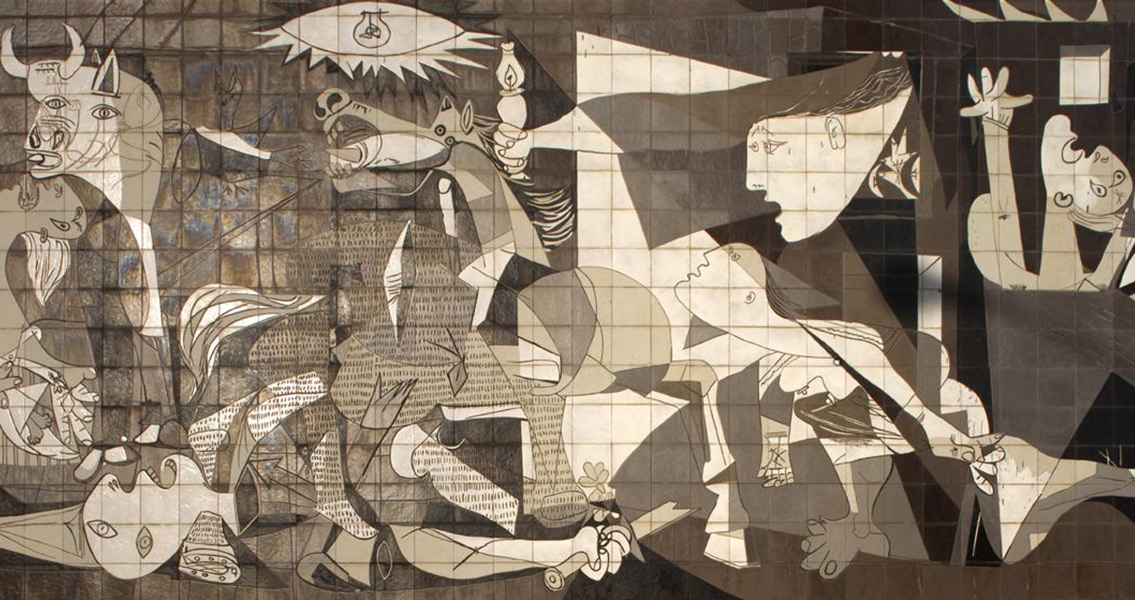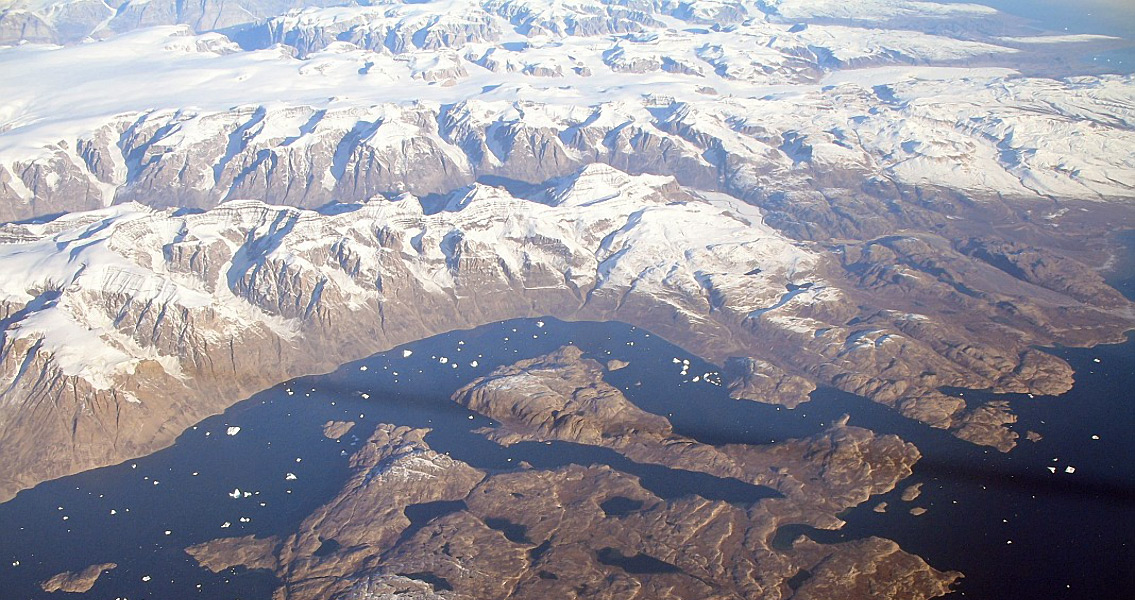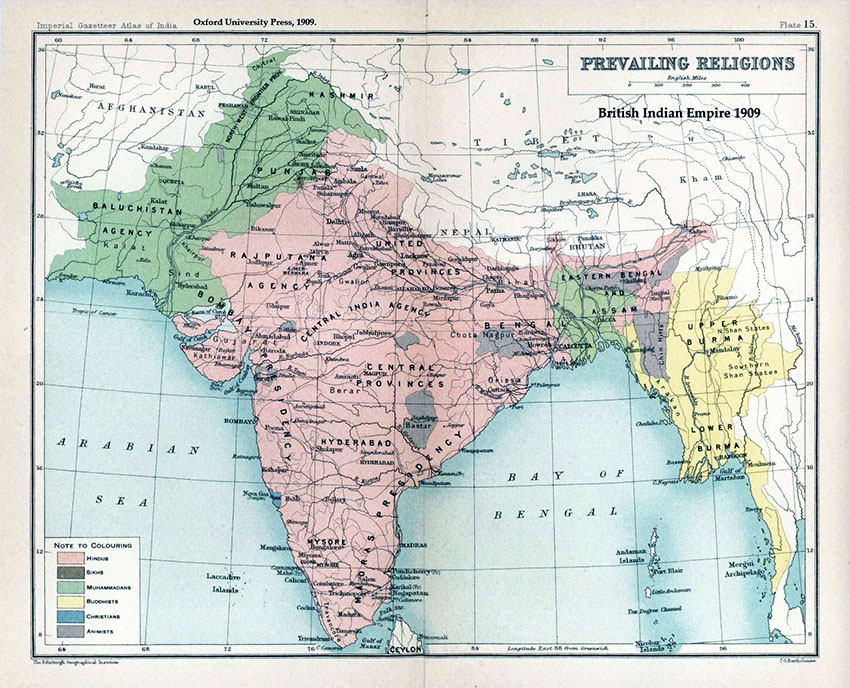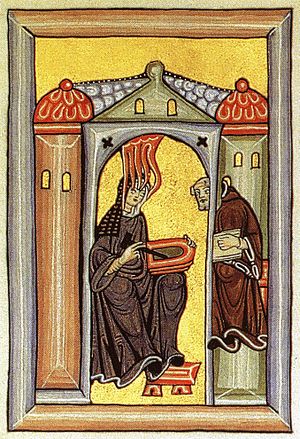Guernica arrived in Spain for the first time on 10th September, 1981. A powerful depiction of the horror of war and the evil people could inflict on others with the aid of modern technology, Picasso had given the artwork to the New York Museum of Modern Art in 1939, following its initial exhibition in Paris. He insisted that it should not be exhibited in his native Spain, then under the control of General Francisco Franco, until democratic liberties had been restored to the country. Born in Málaga, Spain, in 1881, Pablo Picasso became one of the most influential visual artists of the twentieth century. Throughout his career considered one of the most adventurous artists of his generation, Picasso’s typically radical approach to sculpture, ceramics, painting, printing and stage design was inspired by the radical and anarchist intellectuals he met at the El Quatre Cats Cafe in Barcelona during his late teens. Picasso moved to Paris in 1904, then the centre of European art, and opened his own art studio in the city. Returning to Spain sporadically over the next decades, he set foot in the country for the final time in 1934. Guernica was commissioned as part of the 1937 Paris Exposition, whose official theme was a celebration of modern technology. Its organisers hoped that the Exposition would become a symbol of the triumph of human ingenuity in the face of the Great Depression which had devastated the 1930s. For Picasso, 1937 was a time of despair, caused by both frustrations in his personal life and shock at events in his homeland. Spain was ravaged by Civil War, as the nationalist forces of General Franco fought to overthrow the democratically elected Republican government. Initially struggling to find an idea for his mural, events of April 1937 provided a somber inspiration for Picasso, an artist who had previously avoided explicit political or social commentary. An ancient Basque town, allied with the Republican forces but situated well beyond the frontline of the fighting, Guernica was completely destroyed by an air raid on 26th April, 1937. Despite attempts by the Nationalists to blame the town’s destruction on their enemies, the destruction wrought in Guernica was clearly the work of the German and Italian airforces – allies of the Nationalists. Hours of constant bombing incinerated the town, and led to casualties of anywhere between 200 and 1000 people. Reading a description of the brutal attack, written by George Steer in the Times newspaper, Picasso headed to his studio and began preparing sketches for what would become one of his most famous works, just three weeks before it was due to be unveiled at the Spanish Pavilion. Although sticking to the surrealist style of Picasso’s work from this period, the painting used simple black and white to depict the human pain and suffering in war. Among the triumphant celebration of technology of the Paris Exposition, it proved a sobering reminder of the tragedy modernity could inflict. Picasso died in 1973, with Franco’s regime still ruling Spain. It was only in 1981, six years after Franco himself had died, that the heirs to Picasso’s estate authorised the work to be sent to Spain. Even now, it remains a source of controversy. Housed in a museum in Madrid, Basque nationalists argue that the work should be housed in the Basque region – the site of the events which inspired its creation. Image courtesy of Wikimedia Commons user: Papamanila ]]>







One Comment
joanna
The mural is incredibly powerful and for those who agree, a visit to the actual Basque Country would be well worth it.